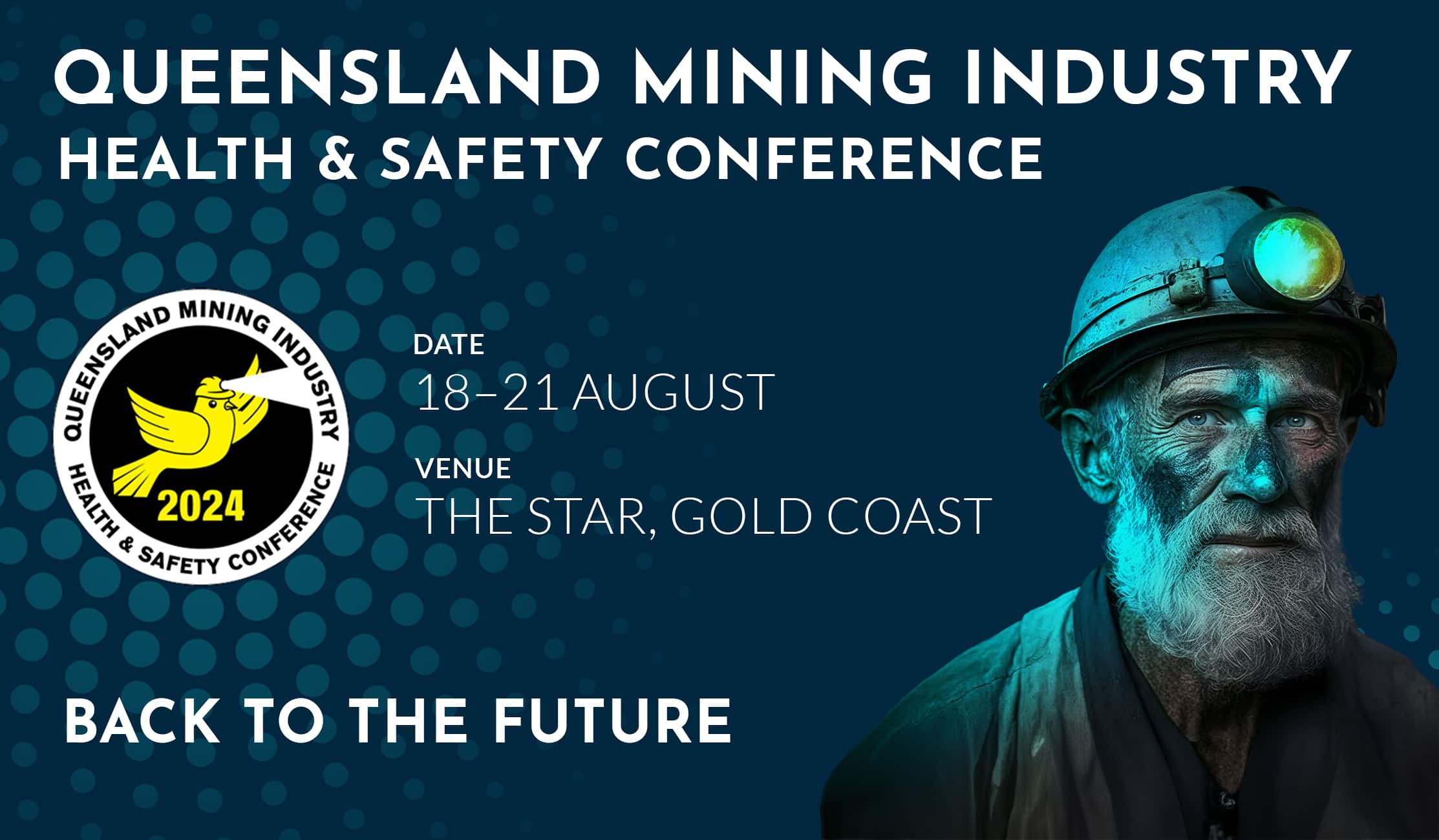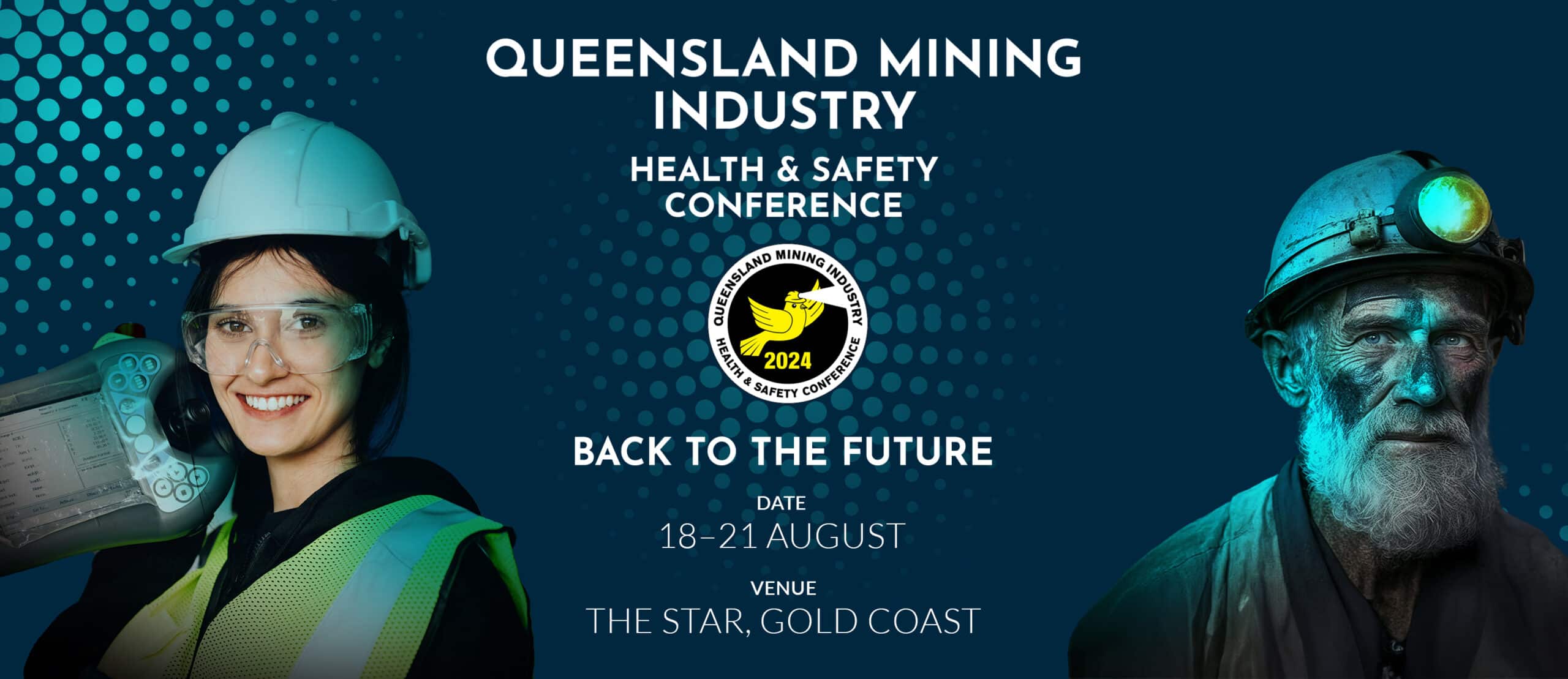Greg Manthey
Inspector of Mines – Occupational Hygiene, Department of Natural Resources, Mines and Energy
Effectively controlling worker exposure to respirable crystalline silica (RCS) in mineral mines and quarries (MMQ) is an ongoing challenge. Increasing cases of mine dust lung disease show this has not yet been met.
RCS can cause silicosis, lung cancer, chronic bronchitis and emphysema after prolonged exposure. Acute silicosis can result after very high, short term exposure as tragically seen in the manufactured stone industry.
The MMQ sector has nearly 1400 operational sites employing approximately 12,800 workers, many of them at elevated risk from RCS exposures.
The 2017 introduction of the Guideline for the Management of Respirable Crystalline Silica in Mineral Mines and Quarries (QGL02) provided the industry with structures to address RCS exposure. Barriers to effective implementation include:
- limited understanding of the hazard,
- difficulty implementing effective dust control,
- limited number of Occupational Hygienists,
- monitoring costs,
- a generally poor understanding of QGL02.
DNRME’s compliance monitoring program continues the Inspectorate’s close engagement with the sector, ensuring SSE’s understand QGL02 and comply with their obligations including risk evaluation, exposure monitoring and reporting.
This presentation describes findings from the program and focus areas, including:
- sampling results and data,
- compliance issues,
- at-risk groups
- increasing RCS education,
- improving risk identification and evaluating,
- effectiveness of control measures.


